Introduction
Taking care of nails is not just about having a stylish manicure or pedicure. It goes beyond mere aesthetics and plays a crucial role in your overall health and appearance. In this comprehensive guide, we will delve into the five basic principles of nail care, providing you with valuable insights to enhance the vitality and beauty of your nails.
Busy? Save this pin for later.
1. Cleanliness and Hygiene
The first principle of nail care revolves around cleanliness and hygiene. Clean nails are not only visually pleasing but also essential for preventing the accumulation of dirt, bacteria, and fungal infections. To maintain clean nails:
- Wash your hands regularly with mild soap and water
- Moisturize your nails and cuticles daily
- Avoid excessive moisture exposure
- Trim your nails regularly
- Avoid using harsh chemicals or excessive nail polish remover, as these can weaken and dry out your nails.
By following these simple tips, you can keep your nails free from infections, ensuring their longevity and health.
2. Proper Nutrition for Nail Health
The second principle highlights the significance of proper nutrition for nail health. Like every other part of our body, our nails require essential nutrients for optimal growth and strength. A balanced diet that incorporates the following nutrients can promote healthy nails:
Protein: This crucial building block supports nail growth and repair. Incorporate lean meat, eggs, legumes, and dairy products into your meals.
Biotin: Often referred to as the “beauty vitamin,” biotin plays a vital role in nail health. Foods rich in biotin include eggs, nuts, whole grains, and leafy greens.
Omega-3 fatty acids: Found in fatty fish like salmon and mackerel, these healthy fats help moisturize and strengthen nails.
Vitamins A and C: These vitamins aid in collagen production and promote overall nail health. Include oranges, carrots, sweet potatoes, and broccoli in your diet.
By adopting a well-rounded and nutrient-rich eating plan, you can nourish your nails from within, leading to stronger and more resilient nails.
You Might Also Like: 5 Importance of Nail Care
3. Regular Nail Maintenance
The third principle revolves around regular nail maintenance, ensuring that your nails remain healthy and well-groomed. Follow these tips to maintain your nails:
- Trim your nails regularly using clean, sharp nail clippers.
- Avoid cutting nails too short, as this can increase the risk of ingrown nails.
- File your nails in one direction to prevent splitting or peeling.
- Moisturize your cuticles with a nourishing oil or cream to keep them soft and prevent dryness.
- Avoid biting or picking at your nails, as this can lead to damage and infections.
By consistently practicing these nail maintenance habits, you can significantly improve the overall condition and appearance of your nails.
4. Protecting Your Nails
The fourth principle emphasizes the importance of protecting your nails from potential damage. Here are some tips to safeguard your nails:
- Wear gloves while doing household chores or tasks that involve prolonged exposure to water or chemicals.
- Avoid using your nails as tools for opening packages or scraping surfaces.
- Be cautious when typing or engaging in activities that may subject your nails to excessive pressure or trauma.
- Consider using a non-toxic nail hardening treatment to provide an extra layer of protection.
By being mindful of potential threats to your nails and taking preventive measures, you can maintain their strength and prevent unnecessary damage.
5. Nail-Friendly Products
The fifth and final principle focuses on nail-friendly products that can enhance the overall health of your nails.
Consider incorporating these products into your nail care routine:
Nail strengtheners: These products contain ingredients like keratin and calcium to boost nail strength and resilience.
Cuticle oils: Nourishing cuticle oils enriched with vitamins and moisturizing agents can help keep your cuticles healthy and prevent dryness.
Formaldehyde-free nail polishes: Opt for nail polishes that are free from harsh chemicals like formaldehyde, toluene, and DBP (dibutyl phthalate) to avoid weakening your nails.
Look for polish base coats that offer additional nail nourishment and protection.
By choosing nail-friendly products, you can support the health and longevity of your nails, while still enjoying beautifully painted nails.
You Might Also Like: 5 Proven Ways to Repair Damaged Nails and Promote Growth
How Often Should You Trim Your Nails?
Factors to Consider
The frequency at which you should trim your nails depends on several factors. One important consideration is the rate of your nail growth. Some individuals have faster-growing nails, while others have slower growth.
The activities you engage in can also affect the rate at which your nails grow. For example, if you frequently participate in sports or manual labor that exposes your nails to wear and tear, they may require more frequent trimming.
On the other hand, individuals with sedentary lifestyles may not need to trim their nails as often.
General Guidelines
As a general guideline, it is recommended to trim your nails every 1-2 weeks. This timeframe allows for adequate maintenance and prevents them from becoming excessively long or prone to breakage. However, keep in mind that this recommendation may vary depending on personal preferences and individual circumstances.
Symptoms of Overgrown Nails
It’s essential to pay attention to signs that indicate when it’s time for a nail trim. If you notice discomfort or pain when pressing on your fingertips due to overly long nails, it’s a clear indication that they need attention. Additionally, if you find yourself accidentally snagging or tearing your nails on objects frequently, it might be time for a trim.
- Appearance: If your nails start looking uneven or ragged, it’s an indication that they need trimming.
- Frequent Breakage: If you experience regular nail breakage, it could be a sign that they are too long and need shortening.
- Splintering: When your nails start splitting into layers or developing vertical cracks, it’s advisable to trim them to prevent further damage.
Essential Products and Tools for Nail Care
Nail Clippers
Nail clippers are a must-have tool for maintaining healthy nails. They come in various sizes and shapes to suit different nail types and preferences.
Look for clippers with sharp, curved blades that can easily trim your nails without causing any damage or splitting. It is important to keep your nails at a moderate length to prevent them from snagging or breaking.
Emery Boards
An emery board is an essential item for shaping and smoothing the edges of your nails. These small, rectangular boards are typically made of cardboard or foam with a layer of abrasive material on one or both sides.
Emery boards are available in different grits, so choose one that suits your nail’s thickness and strength. Use the coarse side to shape your nails and the fine side to smooth out any roughness.
Cuticle Oil
Cuticle oil is a nourishing product that helps moisturize and soften the cuticles surrounding your nails. Applying cuticle oil regularly can prevent dryness, cracking, and hangnails.
It also promotes healthier nail growth by improving blood circulation around the nail bed. Gently massage a few drops of cuticle oil into each cuticle after pushing them back with a cuticle pusher or orange stick.
Nail Polish Remover
Nail polish remover is an essential product for those who enjoy wearing nail polish. It effectively removes old polish so you can apply fresh coats without any residue. Look for acetone-free removers if you have sensitive or dry nails as acetone can be harsh on them.
You can find nail polish removers in liquid form, pre-soaked pads, or even as convenient pens with built-in brushes.
Base and Top Coats
Using a base coat before applying nail polish helps protect your nails from staining and strengthens them. It creates a smooth surface for the polish to adhere to, ensuring better longevity.
A top coat, on the other hand, adds shine and extends the wear of your manicure while providing an extra layer of protection. Look for base and top coats that are quick-drying and offer UV protection to prevent yellowing.
Cuticle Pusher
A cuticle pusher is a handy tool for gently pushing back your cuticles, revealing more of the nail plate for a neater appearance. It helps prevent overgrown cuticles from interfering with nail growth or causing hangnails. Choose a cuticle pusher with a soft, rounded edge to avoid damaging or tearing the delicate skin around your nails.
Nail Brush
A nail brush is useful for cleaning under your nails and removing dirt, debris, or leftover polish. Look for brushes with firm bristles that can effectively scrub away impurities without scratching your nails or skin.
Regularly using a nail brush during your nail care routine helps maintain cleanliness and prevents any buildup that could lead to infections.
Moisturizing Hand Cream
After completing your nail care routine, it’s important to moisturize your hands and nails to keep them hydrated and nourished. Choose a hand cream specifically formulated for dry skin that contains ingredients like shea butter or vitamin E.
Apply the cream generously all over your hands, focusing on the cuticles and nails. Regular moisturizing helps prevent dryness, brittleness, and promotes overall healthier-looking hands.
You Might Also Like: 45+ Classic Nail Ideas for Christmas
Common Mistakes in Nail Care
1. Skipping the Base Coat
One common mistake people make in nail care is skipping the base coat before applying nail polish. The base coat acts as a protective barrier between your nails and the colored polish, preventing staining and yellowing of the nails.
It also helps the polish adhere better and last longer. Without a base coat, you may notice that your nail color chips or peels off more easily.
Tips:
- Always apply a thin layer of base coat before painting your nails.
- Allow the base coat to dry completely before applying nail polish.
- Choose a base coat with strengthening properties if you have weak or brittle nails.
2. Using Harsh Nail Polish Removers
Another mistake people often make is using harsh nail polish removers that contain acetone or other strong chemicals. While these removers may effectively remove stubborn polish, they can be very drying and damaging to the nails and cuticles. Continuous use of such removers can lead to brittle, weak nails and dry, cracked cuticles.
Tips:
- Opt for acetone-free nail polish removers that are gentler on your nails.
- If you must use a remover with acetone, limit its use to occasional tough-to-remove polishes.
- Avoid soaking your nails in remover for too long as it can further dehydrate them.
3. Cutting Cuticles Instead of Pushing Them Back
Cutting cuticles is a common mistake made during manicures or pedicures. Cuticles serve as a protective barrier against bacteria and infection, so cutting them can leave your nails vulnerable. Instead of cutting, it is recommended to gently push back the cuticles using a cuticle pusher or an orangewood stick.
Tips:
- Soften your cuticles by soaking your nails in warm water before pushing them back.
- Gently push the cuticles back using a circular motion, being careful not to apply too much pressure.
- Moisturize your cuticles regularly to keep them soft and healthy.
Preventing Nail Infections:
To prevent nail infections, it is important to maintain good hygiene practices. Firstly, keep your nails clean and dry. Avoid wearing damp shoes or gloves for prolonged periods as this can create a moist environment that promotes fungal growth.
Additionally, always wear protective footwear in public areas such as swimming pools, locker rooms, and showers to reduce the risk of picking up fungal infections.
Trim your nails regularly and properly to prevent them from becoming ingrown or damaged, which can provide an entry point for bacteria or fungi.
When trimming, use clean and sterilized nail clippers or scissors. It is also advisable not to share personal items like nail clippers or files with others to minimize the chances of spreading infections.
Treating Nail Infections:
If you suspect a nail infection or fungus, it is best to consult a healthcare professional for an accurate diagnosis and appropriate treatment plan. They may recommend antifungal medications in the form of creams, ointments, oral medications, or even medicated nail polish.
In some cases, the infected part of the nail may need to be removed by a healthcare professional through a procedure called debridement. This allows for better penetration of antifungal treatments and promotes healing.
It is essential to follow the prescribed treatment regimen diligently and complete the full course of medication even if symptoms improve before completion.
Tips for Preventing Nail Infections:
- Keep your nails clean and dry
- Avoid wearing damp shoes or gloves
- Wear protective footwear in public areas
- Trim your nails regularly with clean tools
- Avoid sharing personal items like nail clippers
Treatment Options for Nail Infections:
- Antifungal creams or ointments
- Oral antifungal medications
- Medicated nail polish
- Debridement procedure if necessary
By following these preventive measures and seeking appropriate treatment, you can effectively reduce the risk of nail infections or fungus and maintain healthy nails.
You Might Also Like: 50+ Trendy and Beautiful Fall Nails to Copy
The Importance of Taking Care of Your Nails
Taking care of your nails is not just about aesthetics; it also plays a vital role in maintaining overall nail health. Neglecting proper nail care can lead to various issues such as brittle nails, infections, or even nail deformities.
By adopting a regular nail care routine, you can prevent these problems and keep your nails looking their best.
Proper nail care also helps to protect your nails from damage and breakage. When nails are well-maintained, they are less likely to snag or tear, reducing the risk of painful incidents.
Taking care of your nails also involves being mindful of the products you use on them. Using gentle and nourishing nail polishes, removers, and other products can help maintain their strength and integrity.
In addition to the physical benefits, taking care of your nails can also have psychological benefits. Well-groomed nails can boost your self-confidence and make you feel more put together. It is a form of self-care that allows you to take pride in your appearance.
Benefits of Nail Care:
- Maintains overall nail health
- Prevents issues like brittle nails or infections
- Protects against damage and breakage
- Boosts self-confidence
- Promotes a sense of self-care
Conclusion
In conclusion, following these five basic principles of nail care is crucial for maintaining healthy and beautiful nails.
By prioritizing cleanliness and hygiene, providing your nails with proper nutrition, engaging in regular maintenance, protecting them from damage, and utilizing nail-friendly products, you can ensure the vitality and longevity of your nails.
Follow these principles and witness the transformation of your nail health. So, go ahead, take care of your nails, and let them shine!
You Might Also Like: Holiday Inspired Nail Ideas for Christmas

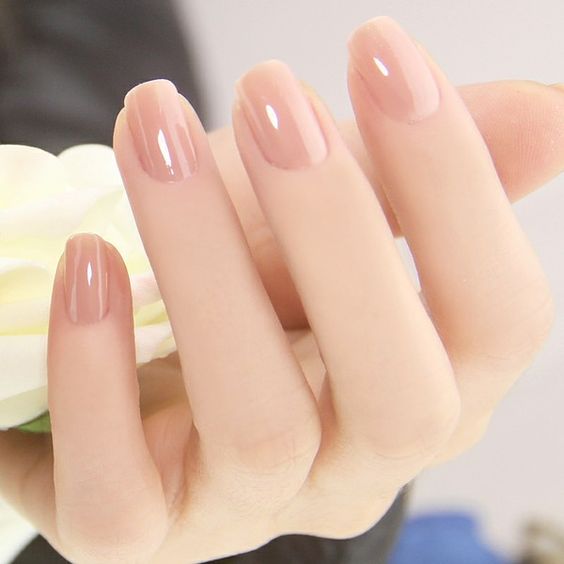

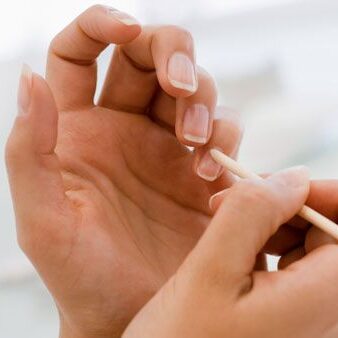
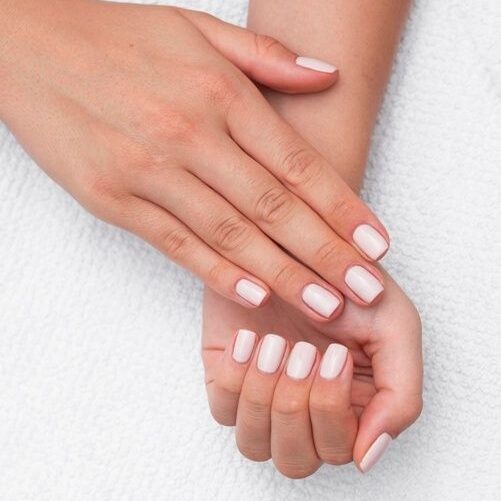

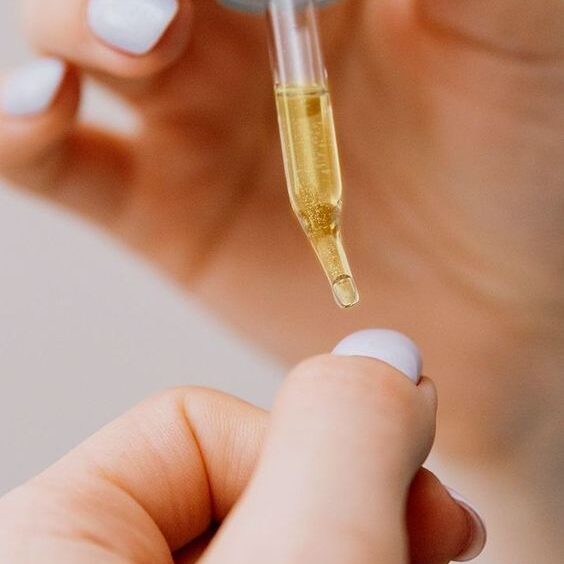
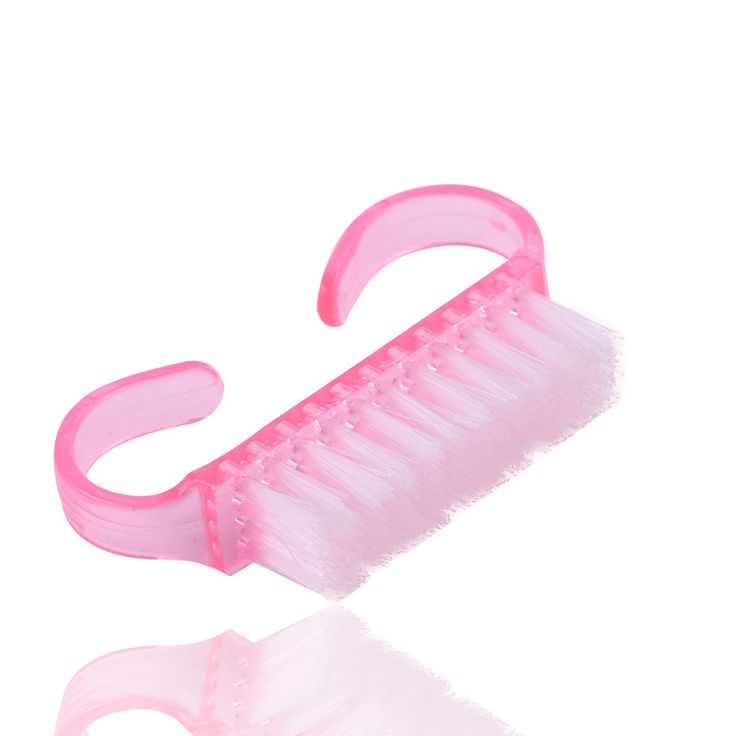
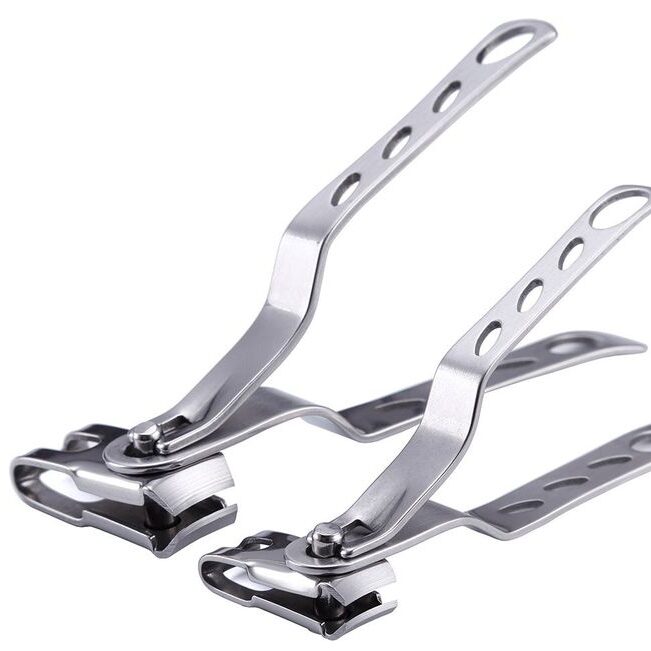
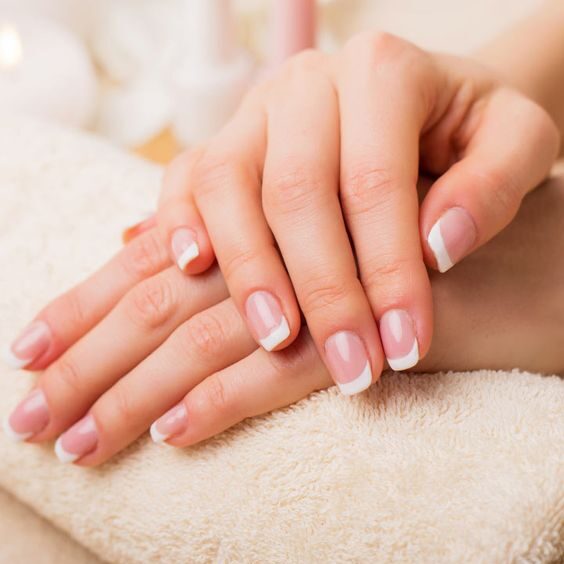

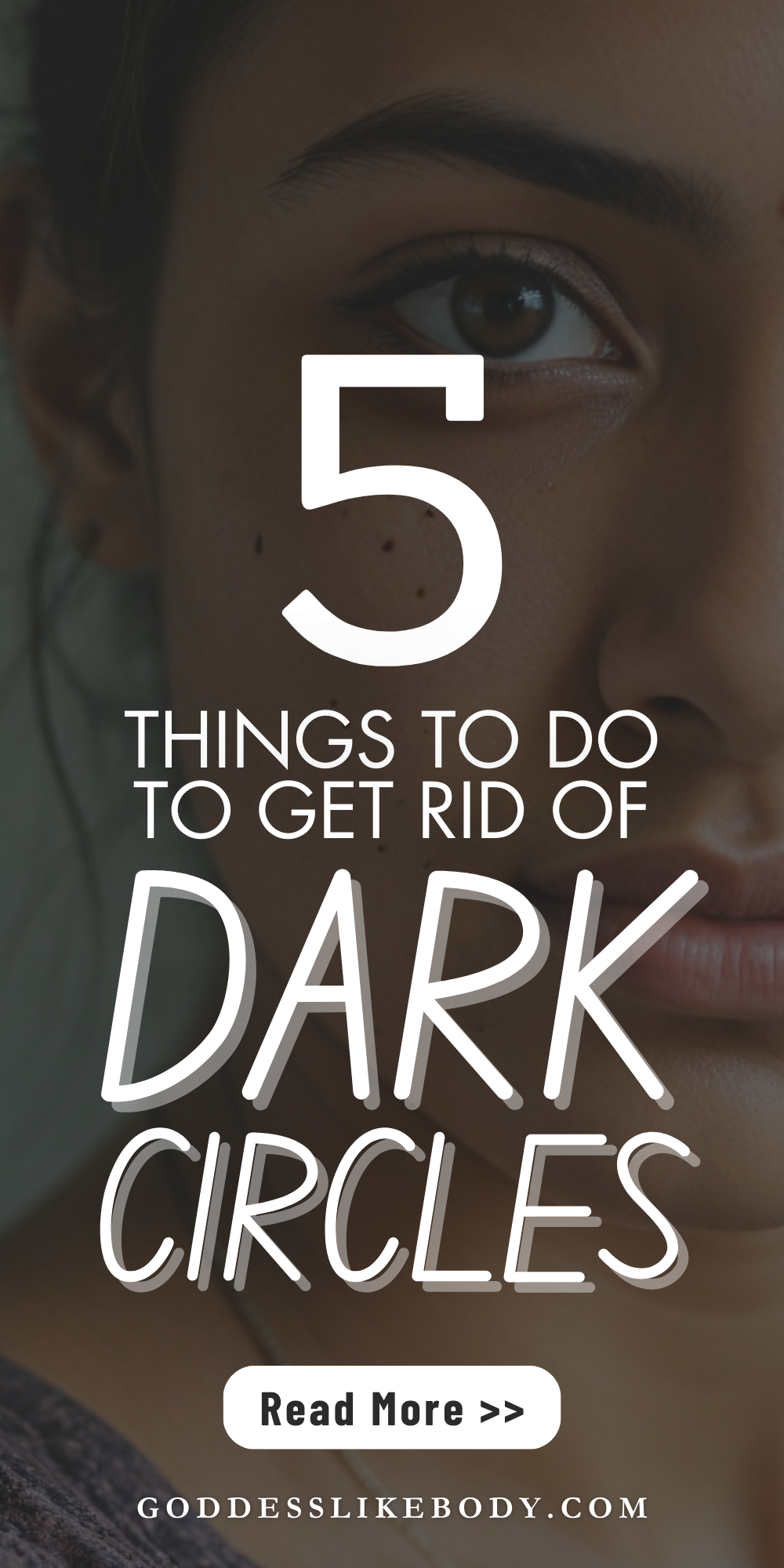
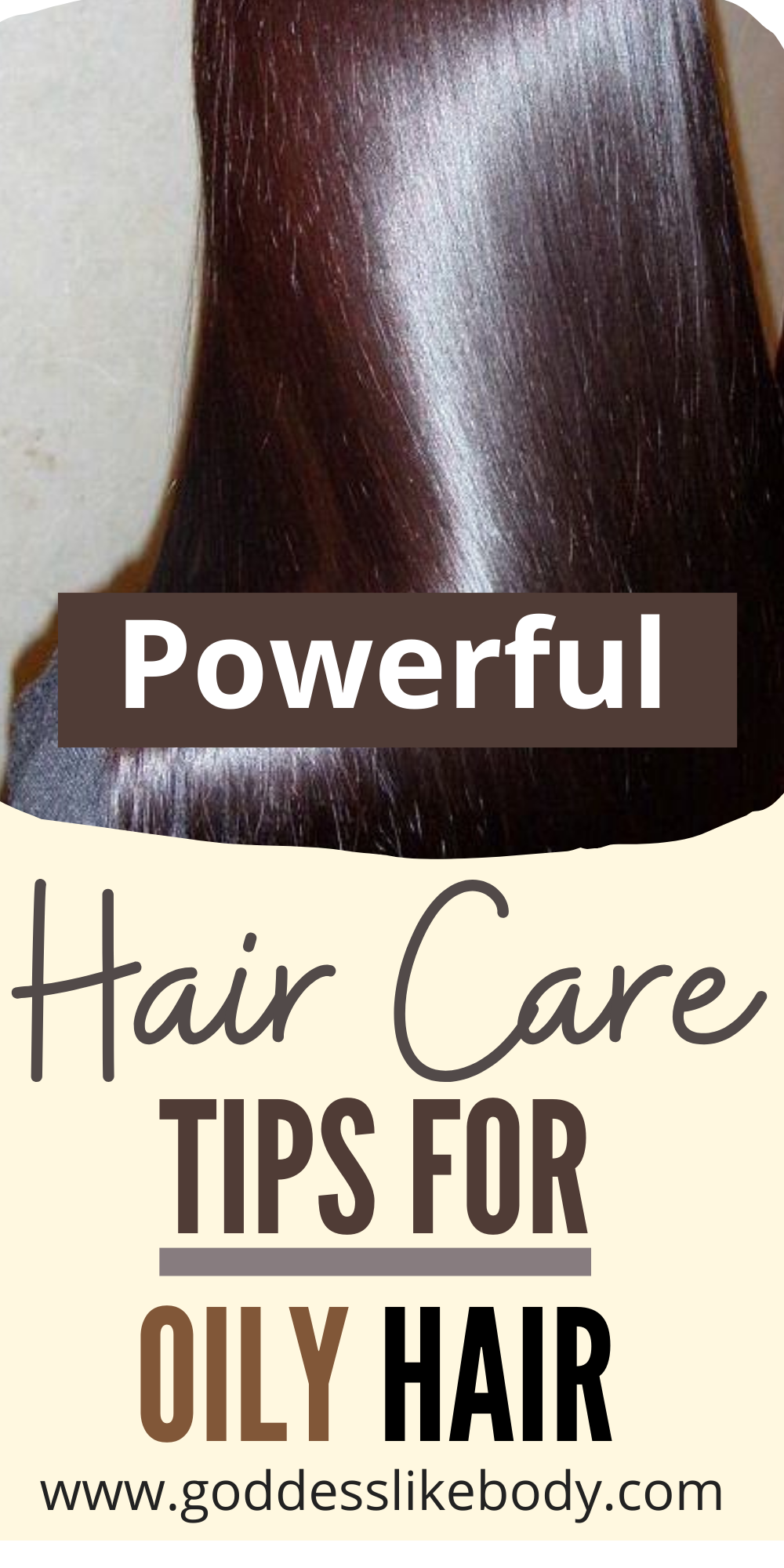
Leave a Reply
You must be logged in to post a comment.